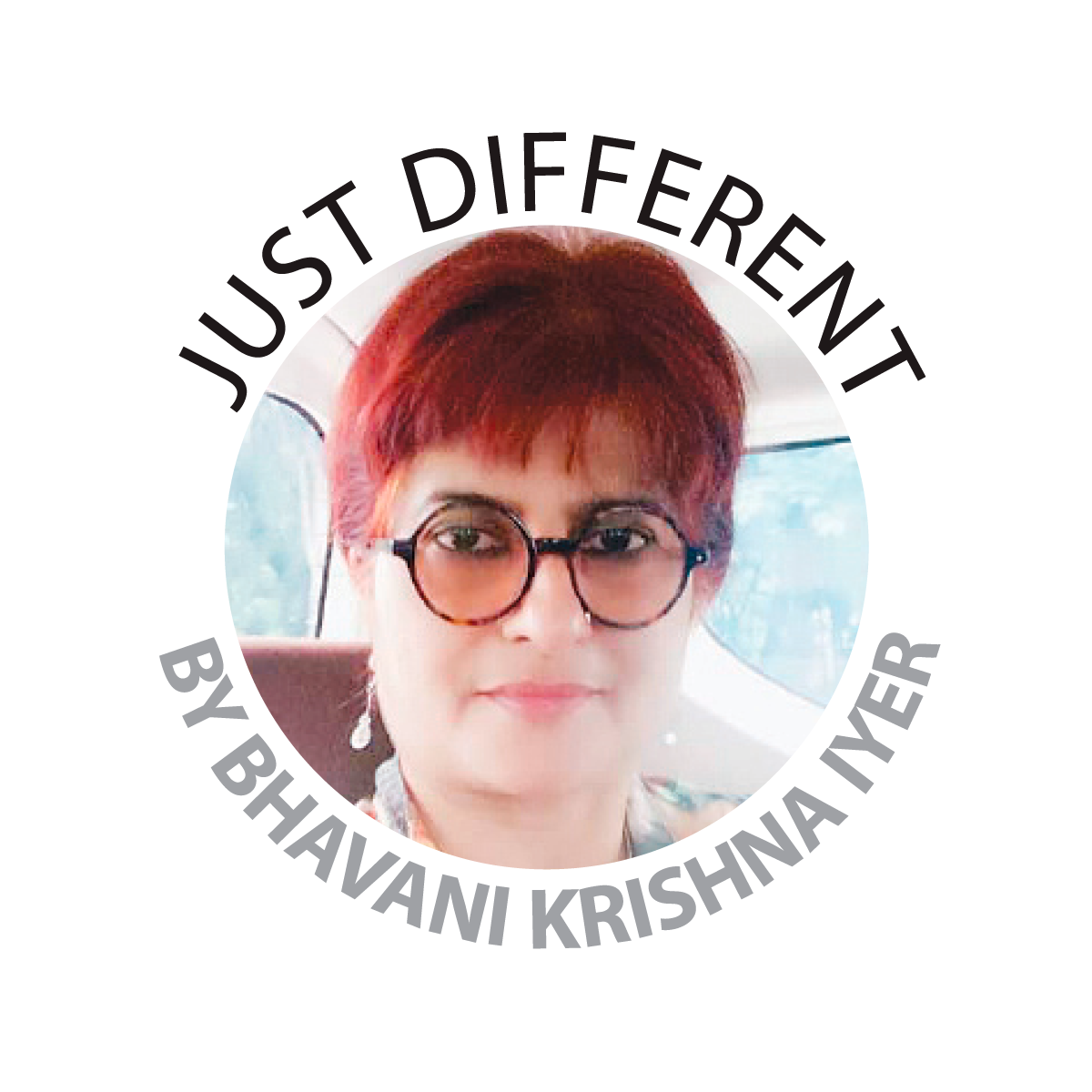AS a Malaysian who recently returned from a pilgrimage to the sacred cities of Ayodhya, Prayagraj and Varanasi in northern India, I found myself reflecting not on just the
spiritual weight of the journey but also on the vivid diversity of
people, communities, livelihoods and attitudes that unfolded before me.
My family of six braved the peak of summer, ignoring warnings from well-meaning friends about the heat and the simmering tensions between India and Pakistan. My mother always said that no amount of planning can guarantee a pilgrimage; it happens only when a divine call beckons.
Yet, as a keen traveller, my focus frequently drifted from the holy sites that captivated my family to the people who animated these places, observed through the small window of our vehicle on the road and the vast lens of my imagination.
India, a land of endless contradictions, never fails to baffle me. Foremost among its puzzles is the remarkable complacency towards cleanliness and hygiene. Dirt and filth seem to blend into the daily rhythm of life, unnoticed by locals who have grown accustomed to their presence.
Varanasi, a spiritual magnet drawing millions from India and beyond, exemplifies this paradox. Its sacred ghats and bustling streets are alive with devotion, yet they are often cloaked in grime that feels at odds with the city’s sanctity.
The sheer volume of pilgrims and tourists makes maintaining cleanliness a Herculean task, and it is clear that habit and necessity are often in contradiction.
Travelling through these cities, I saw stark contrasts in livelihoods. There are those who live with meagre means, scraping by with resilience that humbles the observer and others who dwell in opulence as if it were their birthright.
In India, no matter the region, people have mastered the art of making hay while the sun shines. Tourists are gold mines and locals possess an uncanny ability to spot an outsider.
As Malaysians, we were easily marked, perhaps by the way we dressed, spoke or carried ourselves. Our foreignness was a sign, signalling opportunity to those who make their living on the margins of pilgrimage routes. Money, I observed, commands a reverence that often overshadows humanity itself. Kindness and empathy, when extended, frequently come with a price tag.
A seemingly selfless act – a porter carrying your bag or a guide leading you through a temple’s labyrinth – often ends with a demand for payment that catches you off guard.
This transactional undercurrent runs deep, a reminder that survival in these bustling hubs favours the bold and the resourceful. Impractical values like altruism seem to hold little sway in a landscape where every interaction is an opportunity to secure a livelihood.
How, then, does one navigate a place that seems wired to extract the maximum gain for minimal effort? I have no clear answer. This dynamic is not unique to India; it is a thread that runs through many third-world nations. Yet, India’s scale and intensity amplify it. The street vendors, rickshaw drivers and shopkeepers are not merely opportunistic, they are part of a complex ecosystem where every rupee counts.
Their hustle is a survival tactic and a way of life, honed over generations in cities that pulse with chaos and possibility.
Despite this, there is an undeniable vibrancy in the communities. In Varanasi’s narrow lanes, I saw shopkeepers banter with customers, their voices rising above the clamour of scooters and bells.
In Prayagraj, roadside chai stalls doubled as social hubs where locals exchanged stories with the ease of old friends.
Ayodhya, steeped in historical weight, buzzed with entrepreneurs selling everything from trinkets to elaborate puja (prayer) kits. These people are not just surviving, they are thriving in their own way, carving out livelihoods in the shadow of sacred sites. Their resilience is a testament to the human spirit, even if it sometimes feels cloaked in pragmatism.
As a traveller, I am drawn to these human stories more than the monuments or rituals. The old man squatting by a Varanasi ghat, tending his wares with calloused hands and tired eyes or the young girl weaving through crowds to sell garlands and trinkets, their lives telling a story of adaptation and endurance.
Yet, I could not shake the unease of being seen as a walking wallet, a foreigner whose value lay in what I could spend. It is a sobering reminder that travel, especially in places like India, demands vigilance and an open heart.
Returning to Malaysia, I carry these observations like snapshots, each one a fragment of a larger, messier picture. India challenges you to see beyond the surface, to grapple with its contradictions without judgement. It is a land where faith and commerce collide, where survival sharpens human instincts and where communities pulse with life despite the odds.
My pilgrimage was less about divine encounters and more about witnessing humanity in its raw and unfiltered form – a series of struggle, ingenuity and relentless hustle.
Dr Bhavani Krishna Iyer holds a doctorate in English literature.
Her professional background encompasses teaching,
journalism and public relations. She is currently pursuing a second master’s degree in counselling. Comments: letters@thesundaily.com









